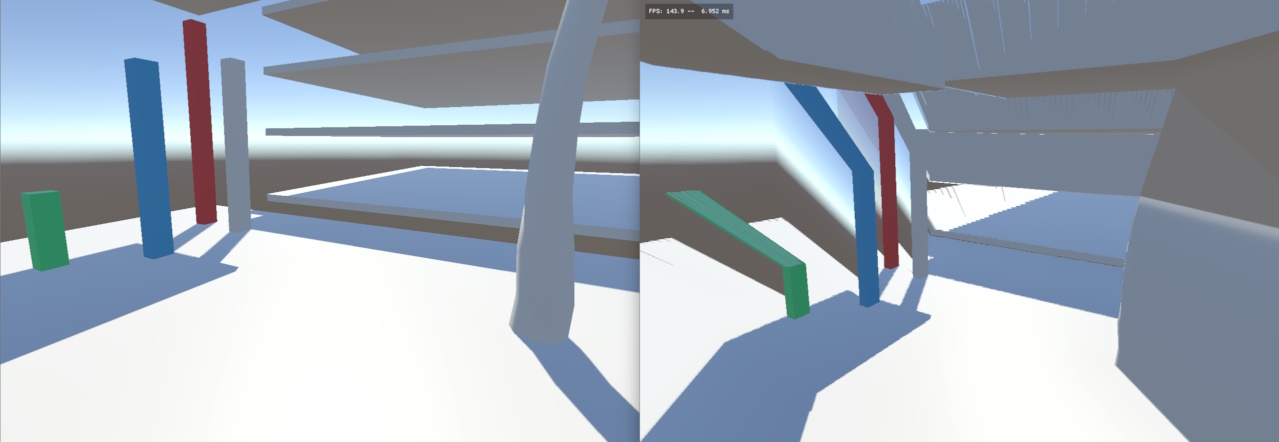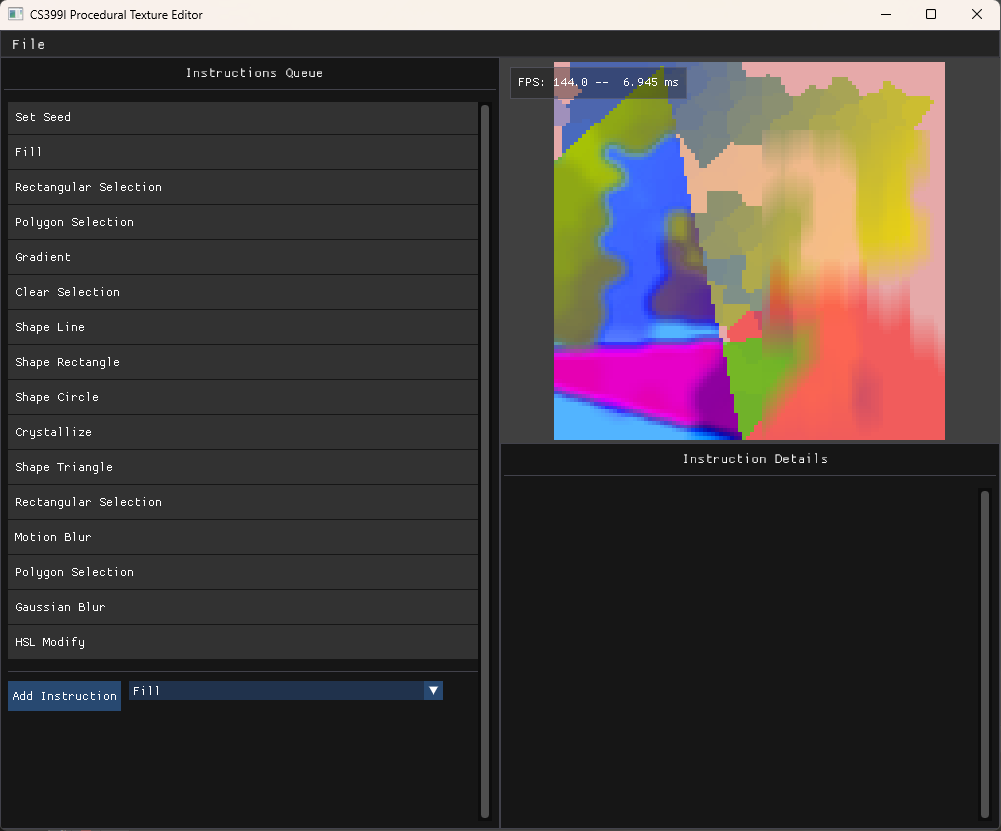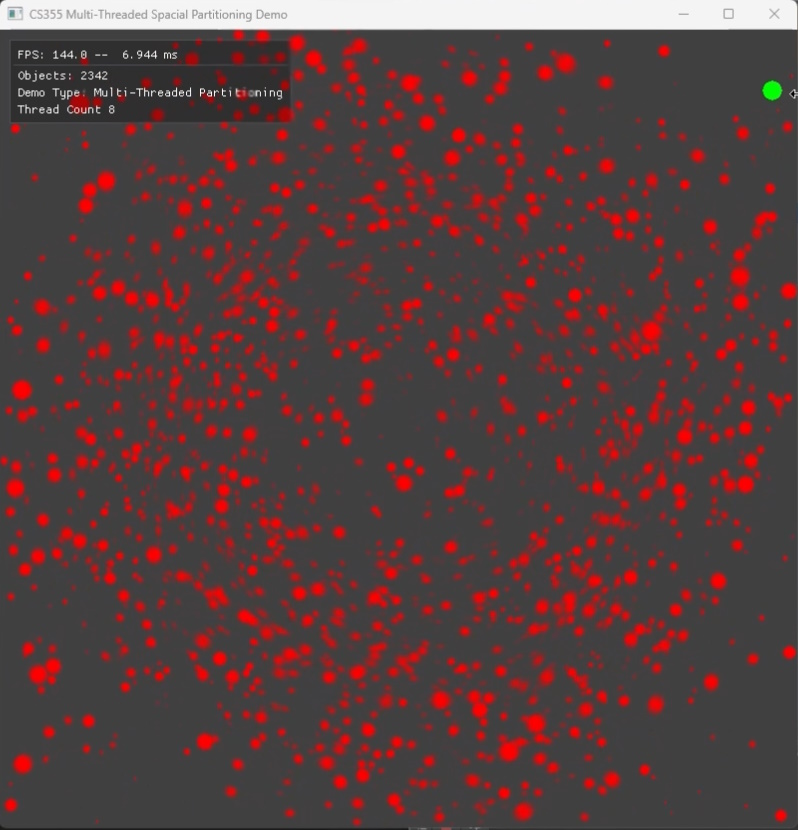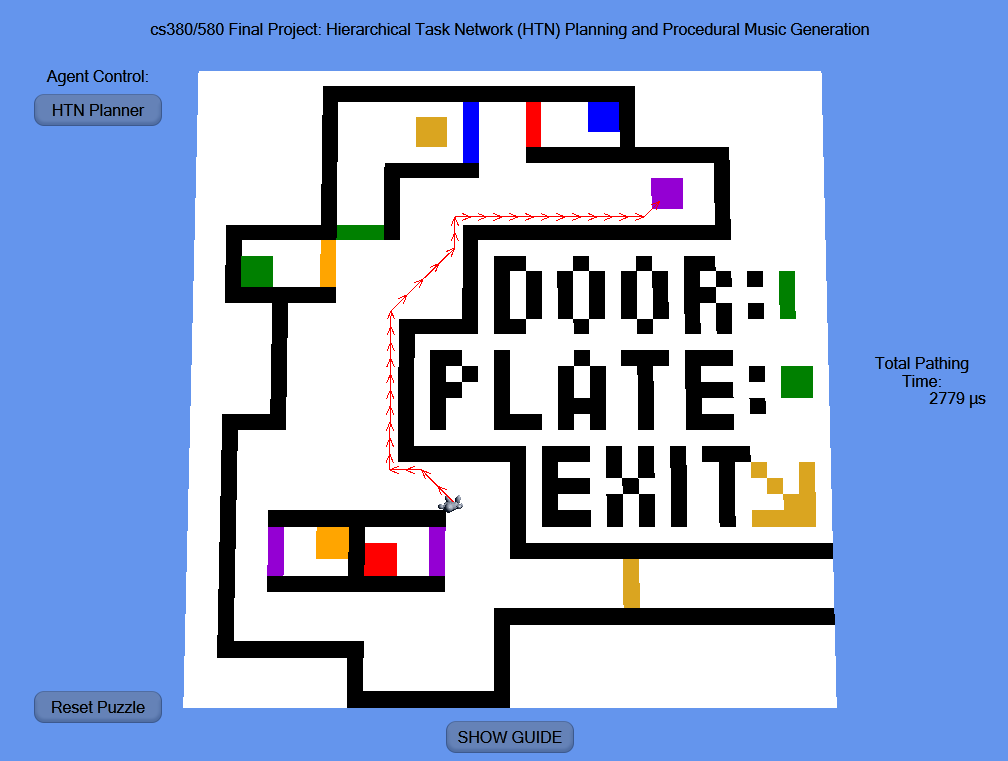Tech
All of the projects on this page are ideas I have explored for introducing new ways to either enhance a development pipeline or optimize existing techniques for performance. Some ideas, like the asynchronous reprojection project, are my own inspired attempts at ideas that have been passed around briefly. Others are a result of smashing two known techniques together to see if they synergize well.
Asynchronous Reprojection
DLSS has been a game changer technology in the past couple of years. Additionally, VR technology has made strides of its own. But what if we could take methods from both and make something new?
Asynchronous Reprojection takes the concepts of time warp from VR and reconstructing missing data from DLSS in order to interpolate smooth framerates from choppy gameplay. If DLSS frame gen fills in new frames from scratch with AI, then asynchronous reprojection makes new frames by re-using pixel data from old ones.

Procedural Texture Generation
Designed as a method for generating structured and parameter driven textures on the fly, this senior project makes use of techniques pioneered by the group Farbrausch.
This procedural texture generation project is a tech demo with the goal of showing how PCG tech could be used to spark novelty in game design, compress texture information and even allow for on the fly live service updates to online games.

Parallel Spatial Partitioning

Multithreading real-time applications can sometimes be a tricky process — physics based applications even more so. This program shows a technical demonstration of an approach to multithreading a common spatial partitioning technique (chunking).
The goal of this tech demo was to significantly improve the complexity of collisions between basic shapes in a physics environment as well as show the relative performance increases from method to method.
Procedural Music
This partner project for an AI class acted as a means to test out the combination of n-gram based music generation and an HTN planning algorithm.
The music portion of this project used existing patterns of sections in a song in order to re-build a new track and "riff on it". Adding in additional techniques like vertical orchestration and horizontal re-sequencing allows for a unique method of interacting with the HTN planner to automatically guide the player to specific goals.
